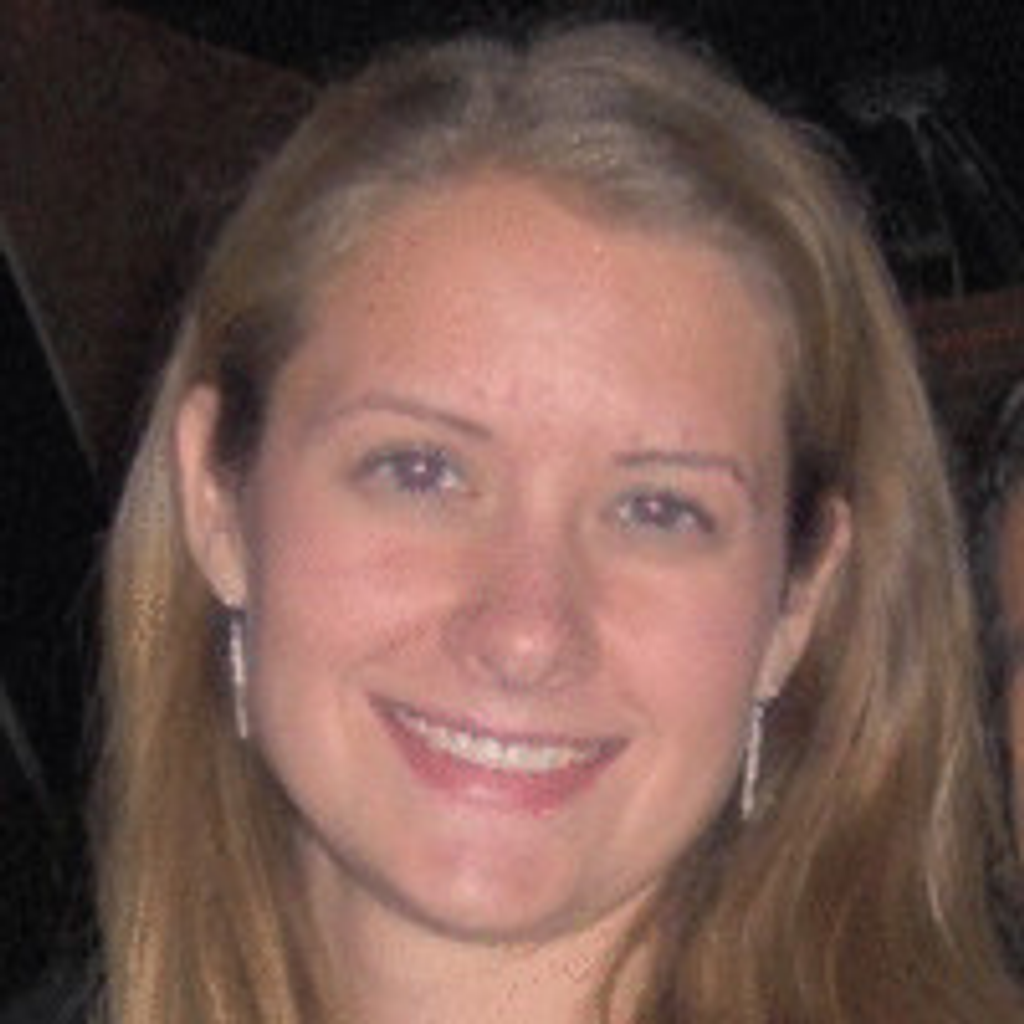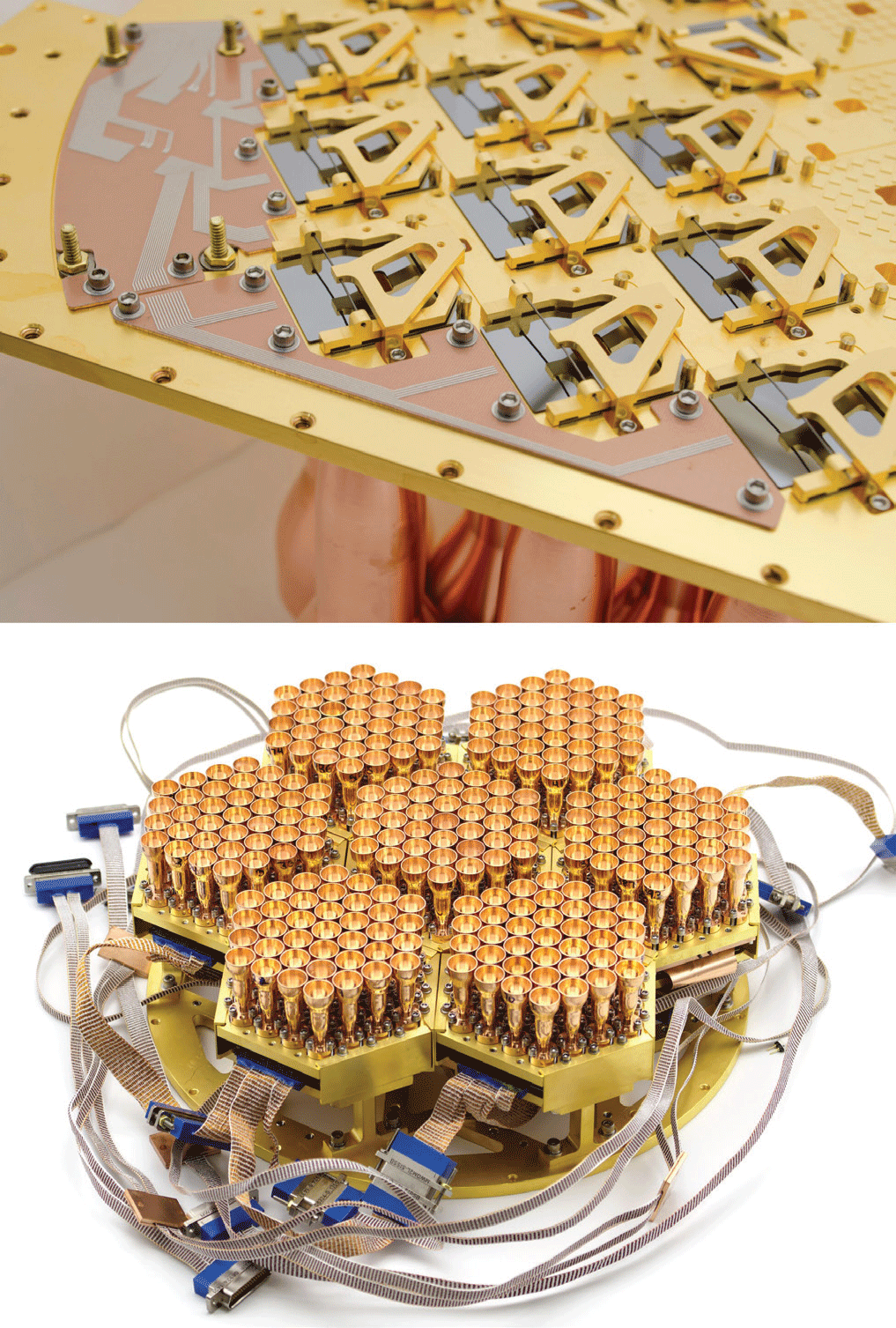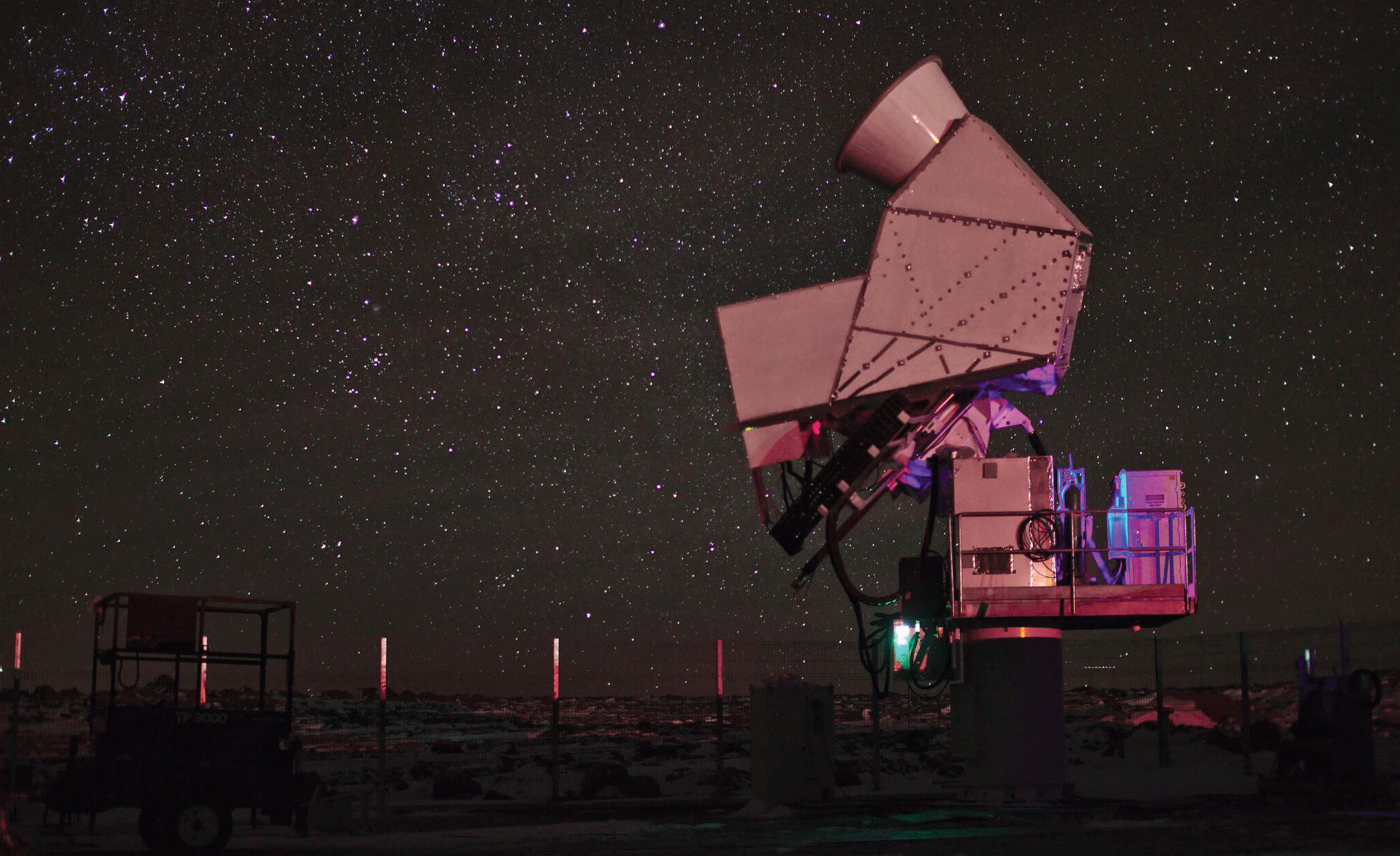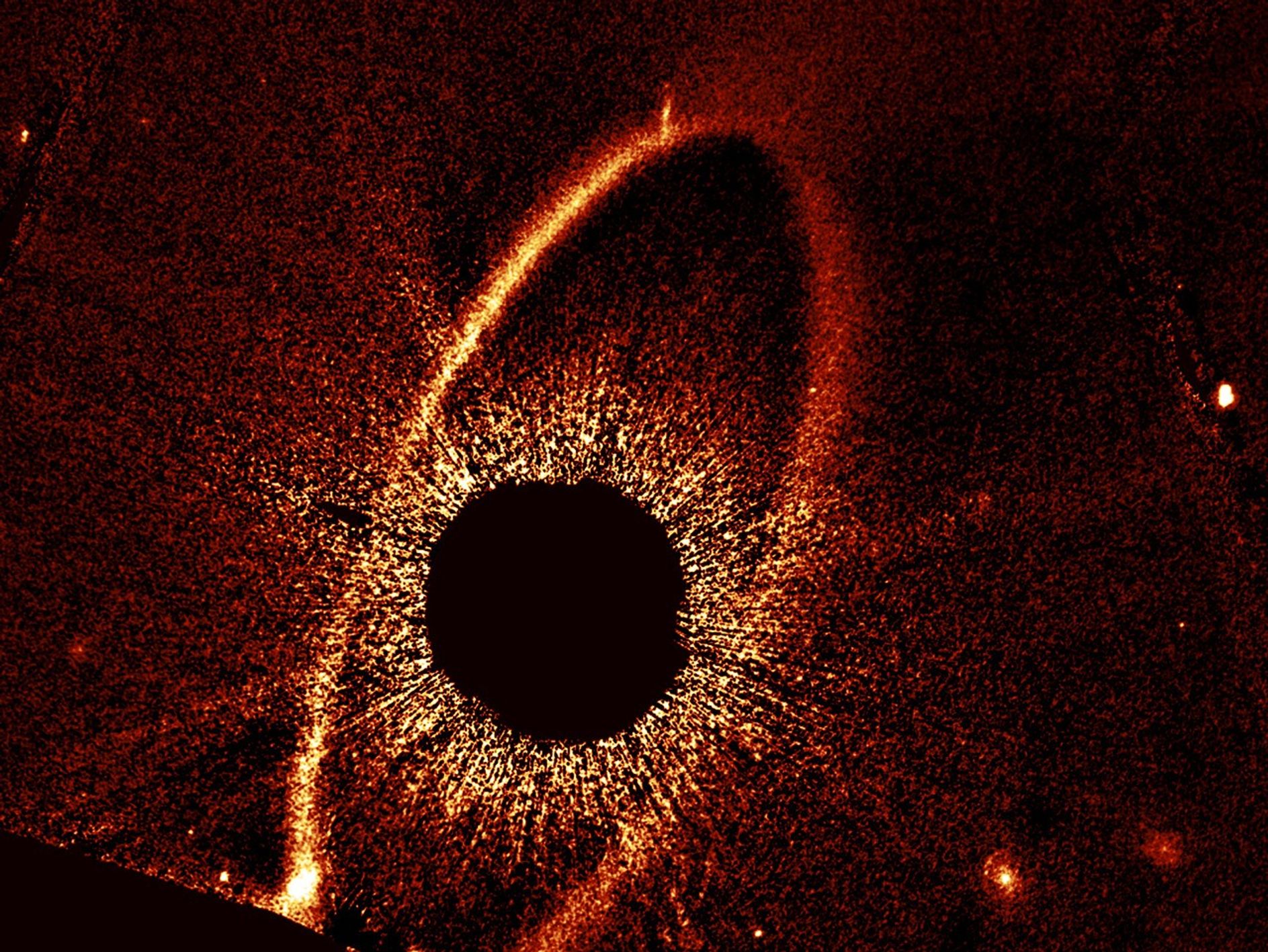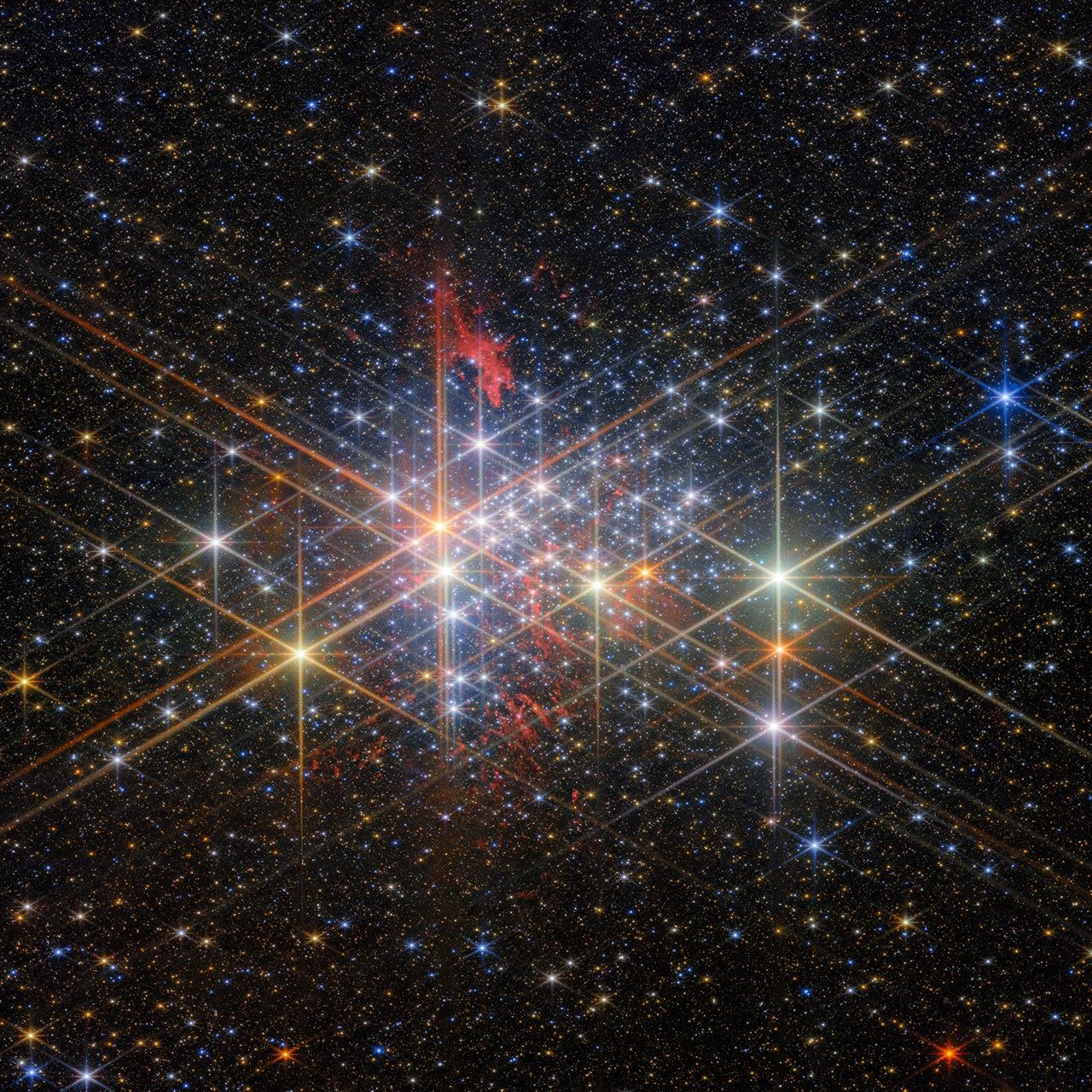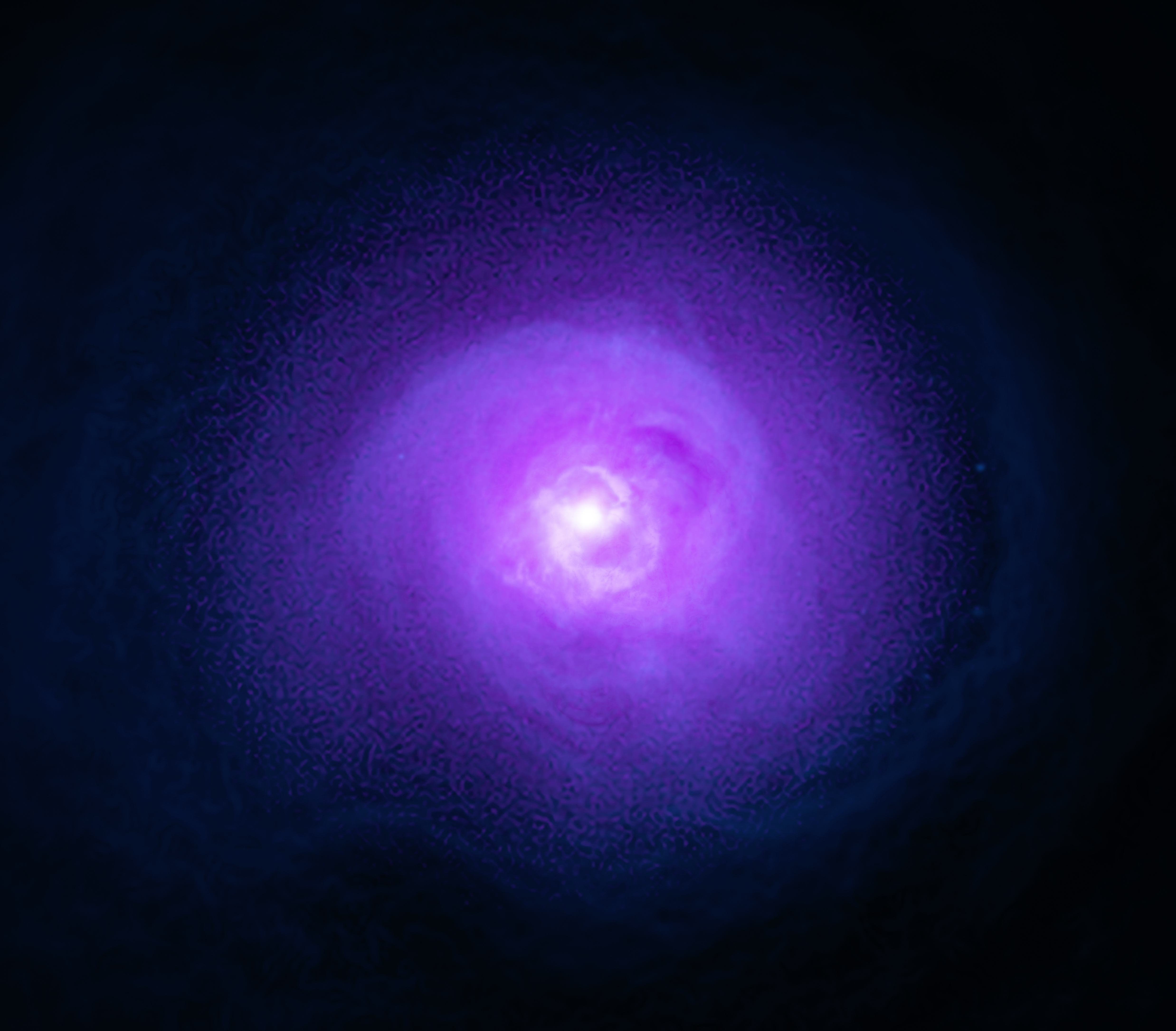Technology Development
Relic radiation from the Big Bang—the Cosmic Microwave Background (CMB)—provides a Rosetta stone for deciphering the content, structure, and evolution of the early universe. Current theoretical understanding suggests that the universe underwent a rapid exponential expansion, called “inflation,” in the first fraction of a second. Such an event would result in an observable stochastic background of gravitational waves that impresses a faint polarized signature on the CMB. The National Research Council’s decadal survey recommended characterization of the CMB as a high-priority science objective, but measurement of the polarization signature is very difficult because it is so faint—about 10-8 of the 2.725 K isotropic component of the CMB.
Not only would a detector need to be highly sensitive to detect these signals, it would also have to distinguish the minute polarized signal from both instrumental effects and other astrophysical sources.
NASA is sponsoring a team led by researchers at GSFC in collaboration with Johns Hopkins University (JHU) to develop detector technologies that will enable these important observations. This capability requires a highly sensitive and stable instrument, measurements in multiple spectral bands for astrophysical foreground removal, control over potential systematic measurement and calibration errors, and the ability to operate in the unique environmental conditions of space. To address these needs, the development team is implementing polarization-sensitive focal-plane arrays that are compatible with the space environment. The detector architecture combines the excellent beam-forming properties of feedhorns with the sensitivity of transition edge sensor (TES) devices. Focal-plane arrays operating at 40 GHz, 90 GHz, and 150/220 GHz are in development. The team’s objective is to advance these detectors to a Technology Readiness Level of 6 (model or prototype demonstration in a relevant environment).
In 2017, the team developed and validated critical details of the fabrication processes for 90-GHz detector wafers, and implemented these into production runs of dichroic 150/220-GHz detectors. The TES membrane thermal design was improved in both detector types, decreasing the thermalization time scales, and leading to improved noise performance at low frequencies. Finally, a cryogenic thermal calibration source was developed and validated from ~30-300 GHz for optical-efficiency polarimetric sensors.
Impact
The feedhorn-coupled TES-based detectors developed via this project are an important step toward implementing an instrument that can successfully characterize the CMB with unprecedented sensitivity. In addition to the performance improvements achieved on individual devices, these research efforts are driving the maturation of the processes required to realize large focal planes with improved reliability and yield.
Future Plans
Representative focal-plane arrays will be integrated by JHU into the Cosmology Large Angular Scale Surveyor (CLASS)—an array of microwave telescopes located at a high-altitude site in the Atacama Desert of Chile—to achieve and demonstrate the TRL objectives for this technology. Targeted test structures are planned to investigate the sensors’ coupling properties in detail, with an eye toward improved device performance and achieving greater control over key fabrication parameters.
Sponsoring Organization
The development of these feedhorn-coupled TES-based detectors is supported by the NASA SAT program through a grant to Dr. Edward Wollack at GSFC.

















